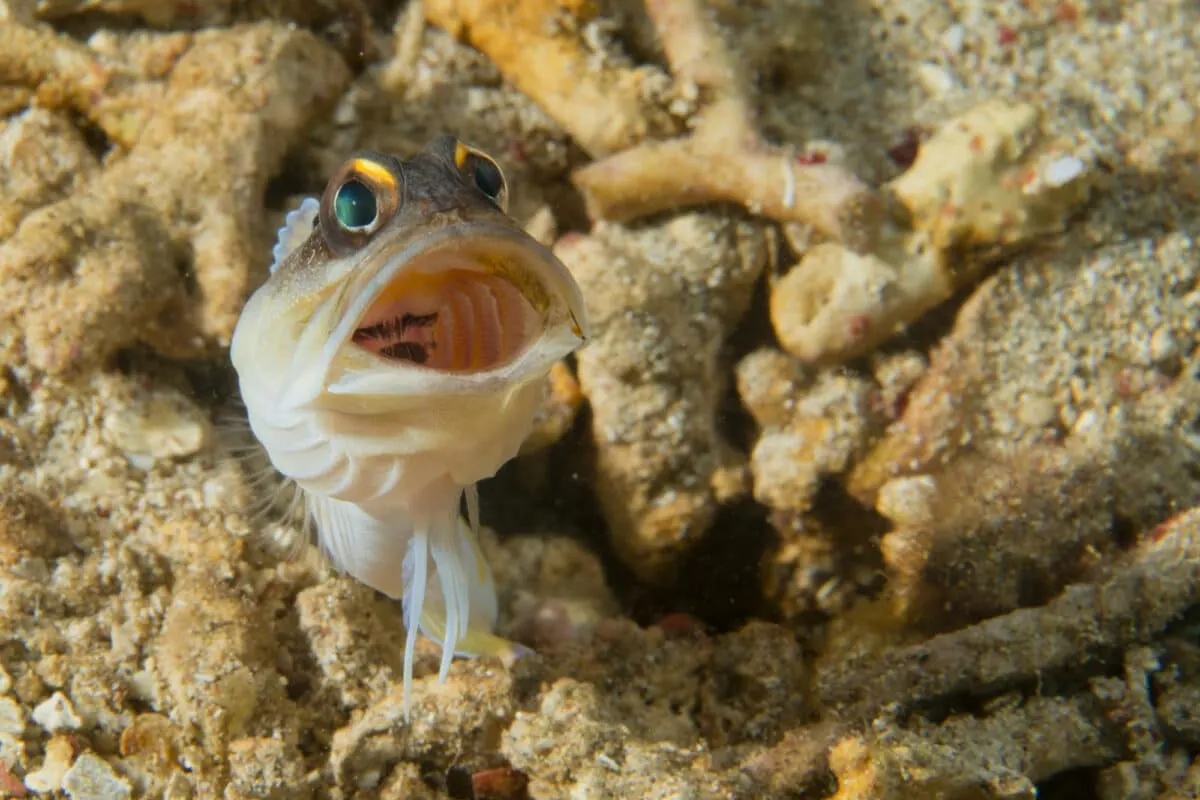In the rushing waters of Hawaii’s streams, an extraordinary feat of natural engineering takes place daily. The Hawaiian goby fish, locally known as ‘o’opu, performs what seems impossible for a fish—it climbs vertical waterfalls, some reaching heights of over 1,000 feet. This remarkable adaptation isn’t just a curiosity; it’s a survival mechanism developed over millions of years that allows these small creatures to reach safe breeding grounds and continue their species. Their journey represents one of nature’s most impressive examples of evolutionary problem-solving and determination.
Meet the Climbing Goby: Nature’s Mountaineers

The climbing goby (Sicyopterus stimpsoni) belongs to the Gobiidae family, one of the largest families of fish in the world. However, few members of this diverse family have developed such specialized adaptations as the Hawaiian gobies. These fish typically measure between 3-7 inches in length, with sleek, elongated bodies perfectly designed for both swimming in strong currents and clinging to rocky surfaces. Their coloration ranges from mottled brown to olive green, providing excellent camouflage against stream beds.
What truly sets these fish apart is their modified ventral fins, which have evolved into a powerful suction cup on their underside. This specialized structure, combined with their strong jaws and muscular bodies, creates the perfect climbing apparatus. Scientists studying these remarkable creatures have documented their ability to climb surfaces that would challenge even specialized climbing animals, making them unique among aquatic species and earning them the well-deserved nickname of “inchworm of the fish world.”
The Evolutionary Marvel of Fused Pelvic Fins
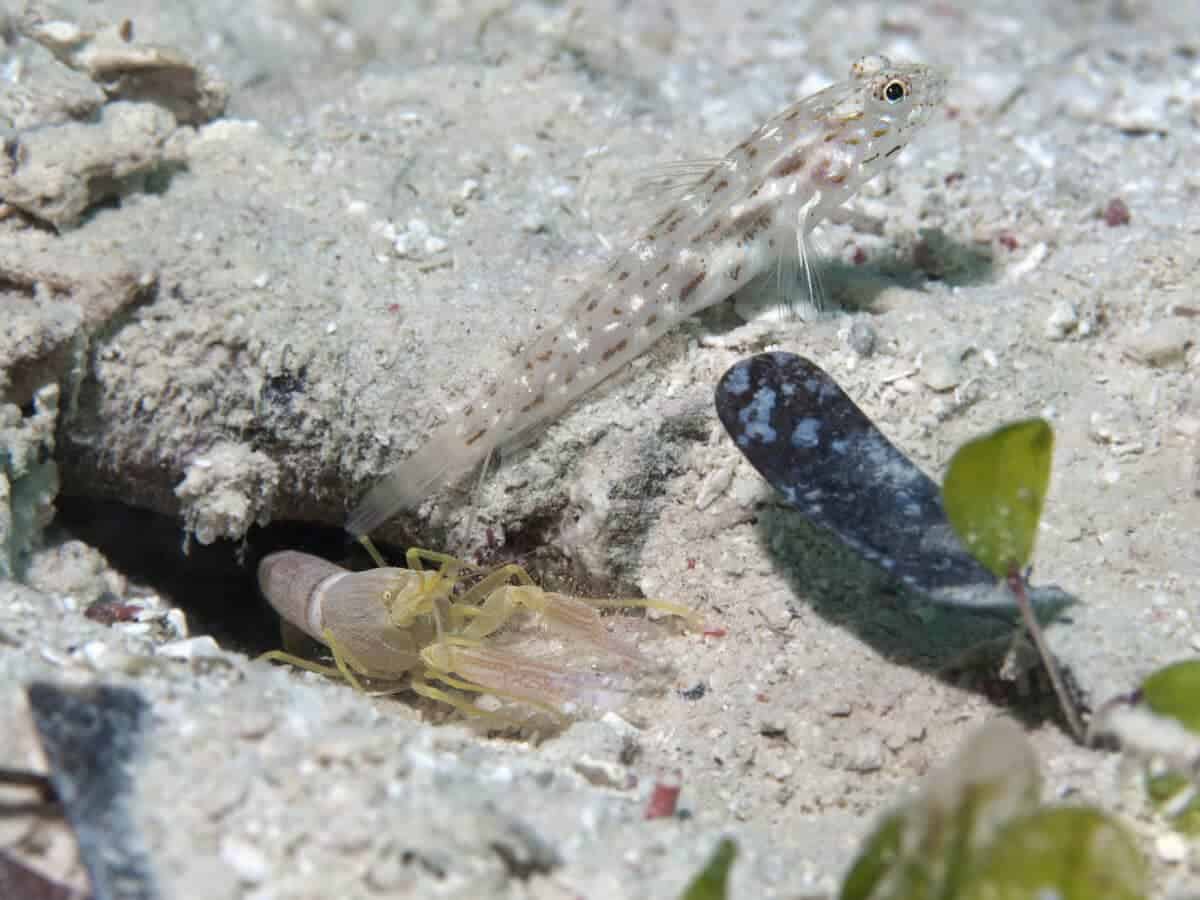
The climbing goby’s most remarkable adaptation is its fused pelvic fins, which have evolved into what biologists call a pelvic sucking disk. Unlike most fish fins that are primarily designed for propulsion or stability in water, these modified fins create a powerful vacuum seal when pressed against a surface. This adaptation didn’t happen overnight—it represents millions of years of evolutionary refinement in response to the unique challenges of Hawaiian stream ecosystems.
When examined closely, the structure reveals an intricate arrangement of muscles and specialized tissues that allow the fish to create negative pressure, effectively suctioning itself to rocks even in powerful currents. This adaptation is complemented by rough, keratinized lips that provide additional grip and allow the fish to scrape algae from rocks—their primary food source. Together, these adaptations create a biological climbing system that would make human engineers envious, demonstrating how evolution can produce solutions to environmental challenges that might otherwise seem insurmountable.
An Epic Life Cycle That Begins in the Ocean
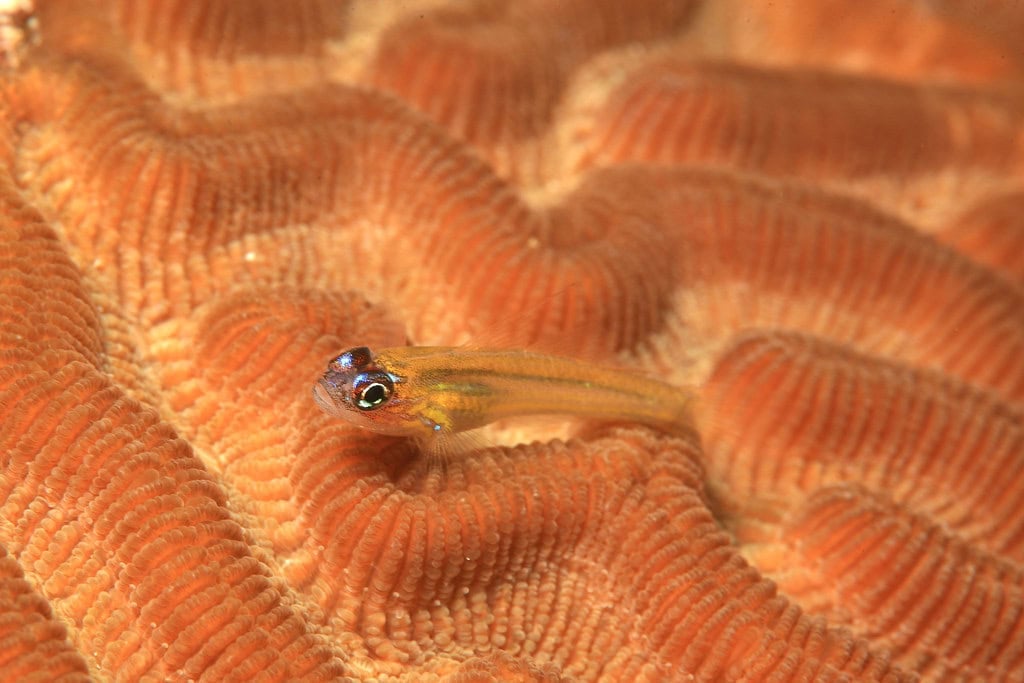
The climbing ability of these gobies is intimately tied to their amphidromous life cycle—a journey that spans both fresh and saltwater environments. Adult gobies live and breed in the upper reaches of mountain streams, often above magnificent waterfalls. When females lay eggs, the males fertilize and guard them until they hatch into tiny larvae that are immediately swept downstream to the ocean. This journey is a one-way trip for the newborns, carried by the current into the vast Pacific Ocean.
After spending several months developing in the marine environment, the young fish—now called postlarvae—return to freshwater streams. This is where their greatest challenge begins: to reach the safe upper habitats where they were born, they must navigate against strong currents and climb numerous waterfalls. This remarkable life cycle has evolved specifically to protect young fish from predators that can’t make the climb, ensuring that those who complete the journey have relatively safe breeding grounds. It’s a perfect example of how physical barriers in nature can drive the evolution of extraordinary abilities.
The Climbing Technique: An Inch at a Time
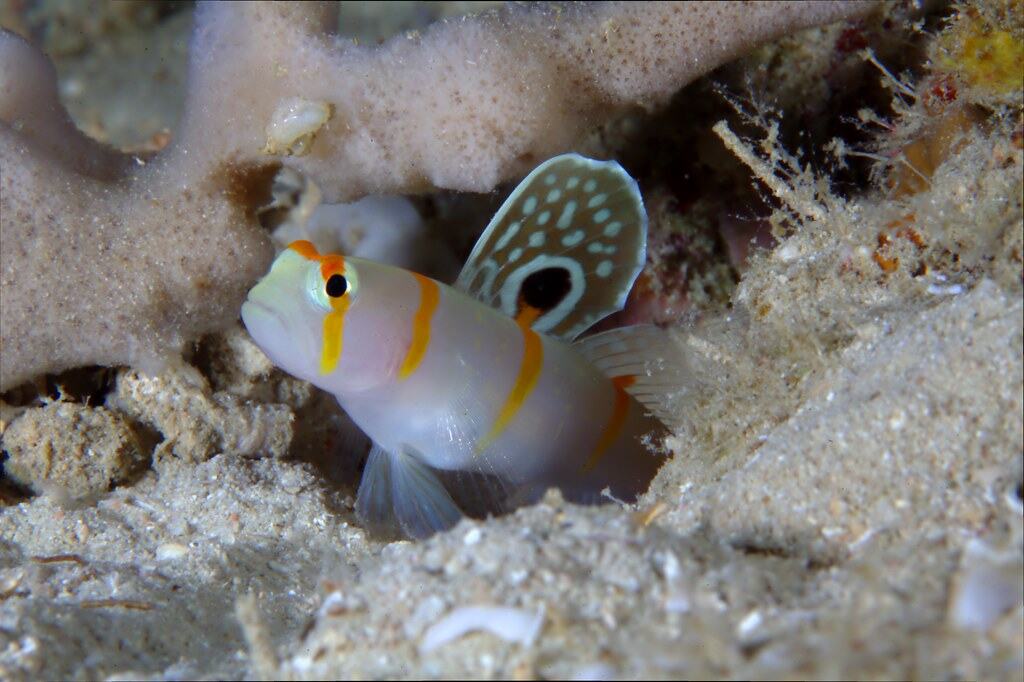
The climbing technique employed by these remarkable fish is as methodical as it is effective. Using an alternating pattern of suction and release, they essentially “inch” their way up vertical surfaces, not unlike how an inchworm moves. The process begins with the fish pressing its mouth against the rock surface, using its specialized lips to create a point of attachment. Then, in a coordinated movement, it releases its pelvic suction disk, arches its body forward, and reattaches the disk higher up on the surface.
This rhythmic movement continues as the fish slowly but steadily ascends waterfalls that would be challenging even for specialized climbing animals. High-speed video analysis by researchers has revealed that these fish can make up to 90 such movements per minute when climbing actively. Perhaps most impressive is that this climbing can continue for hours or even days as the fish makes its way up massive waterfall systems. The fish alternate between climbing and resting in microhabitats along the way, showcasing both physical endurance and strategic energy conservation.
Record-Breaking Climbs: The Highest Ascents

Some Hawaiian climbing gobies have been documented scaling waterfalls over 1,300 feet high—a vertical distance greater than the Empire State Building. The most impressive climber is the Sicyopterus stimpsoni, which has been observed making these incredible journeys despite their small size. To put this achievement in perspective, it would be equivalent to a human climbing straight up the side of a mountain ten times their height without any equipment, all while fighting against rushing water.
Scientists studying these fish have tracked individual gobies using unique markings and found that the journey upriver and up waterfalls can take anywhere from several days to weeks, depending on the specific stream system and conditions. What makes this even more remarkable is that the fish must make this journey when they are still relatively young and small, typically less than two inches in length. The successful completion of this climb represents not just a physical achievement but a crucial life milestone that determines whether an individual fish will survive to reproduce.
Scientific Studies: How Researchers Document the Impossible
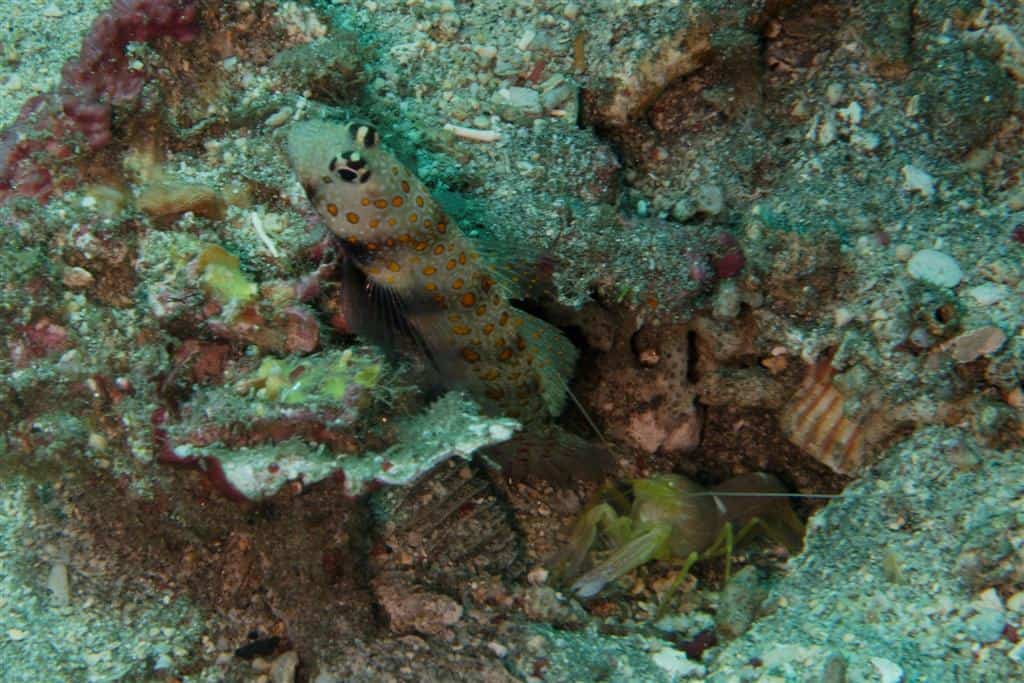
Documenting and studying the climbing behavior of these fish presents unique challenges for scientists. Researchers like Dr. Richard Blob from Clemson University and Dr. Heiko Schoenfuss from St. Cloud State University have pioneered methods to study these fish both in their natural habitat and in laboratory settings. Their work involves everything from setting up artificial climbing ramps with controlled water flow to using high-speed cameras capable of capturing the split-second movements of climbing fish.
One particularly innovative research approach involves constructing “artificial waterfalls” in laboratory settings where scientists can control variables such as water velocity, surface texture, and incline. These controlled environments have allowed researchers to measure the forces generated by the gobies’ suction mechanisms and analyze the metabolic costs of climbing. Field studies complement this lab work, with researchers often spending weeks in remote Hawaiian watersheds, tracking marked fish and documenting their natural climbing behavior. This combination of field and laboratory research has revealed not just how these fish climb, but why this extraordinary adaptation evolved in the first place.
The Hawaiian Connection: Endemic Species and Island Evolution
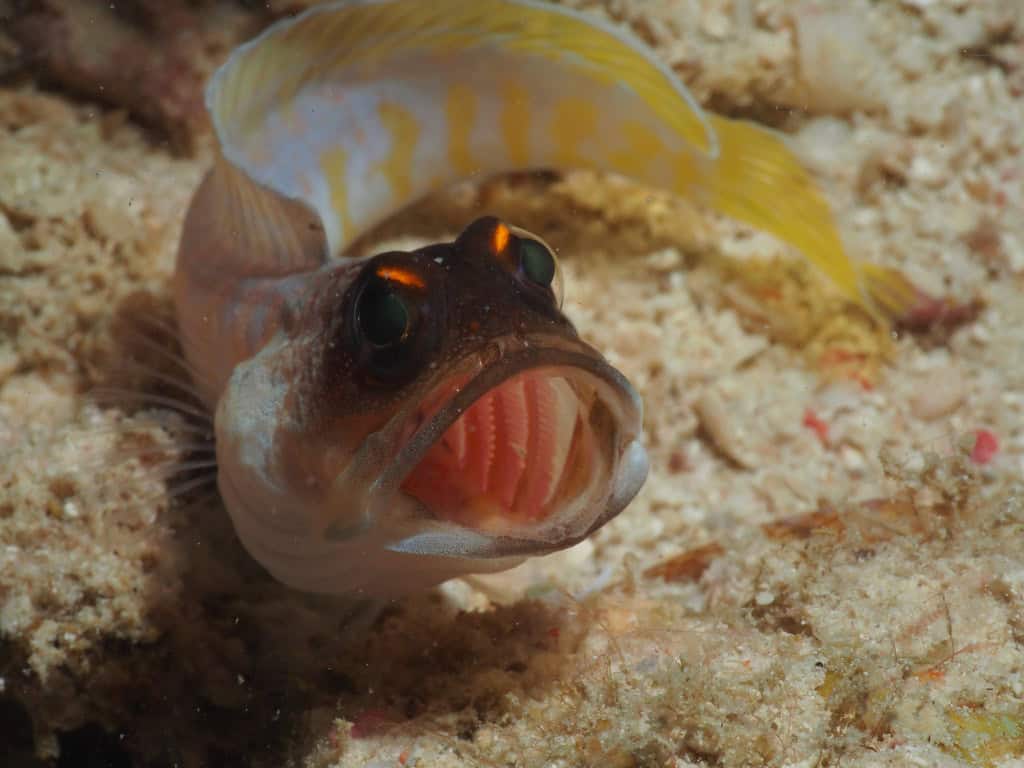
The evolution of climbing ability in Hawaiian gobies is inextricably linked to the unique geology and isolation of the Hawaiian archipelago. These islands, formed by volcanic activity, feature steep mountain slopes with numerous waterfalls—geographical barriers that would normally prevent fish from accessing the upper reaches of streams. Rather than being limited by these barriers, the gobies evolved to overcome them, demonstrating a classic example of adaptive radiation in an isolated environment.
There are five species of Hawaiian freshwater gobies, each with varying degrees of climbing ability. All are endemic to Hawaii, meaning they are found nowhere else on Earth. This specialization highlights the unique evolutionary pressures of island ecosystems, where species often develop remarkable adaptations to fill ecological niches. The climbing gobies represent just one example of Hawaii’s extraordinary biodiversity, which includes numerous other examples of unique evolutionary adaptations across plant and animal species. The isolated nature of these islands has essentially created natural laboratories for evolution, with the climbing gobies as one of the most spectacular results.
Cultural Significance: ‘O’opu in Hawaiian Tradition
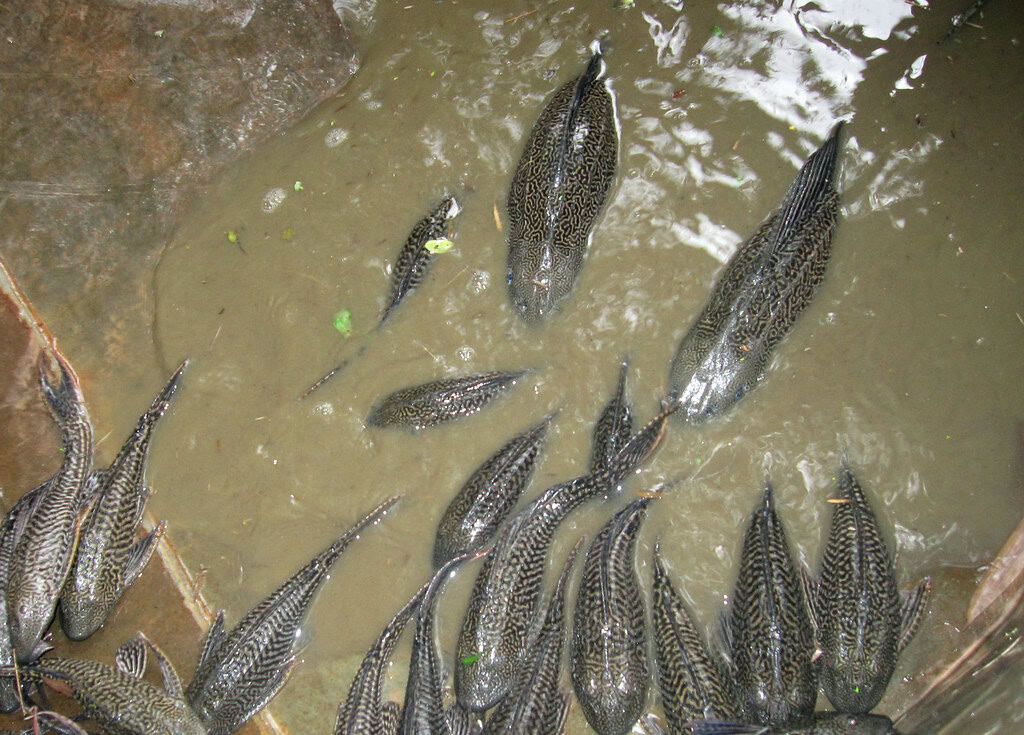
In Hawaiian culture, the climbing goby, known as ‘o’opu, holds special significance beyond its biological uniqueness. Traditional Hawaiian ecological knowledge recognized the remarkable abilities of these fish long before Western science documented them. The fish feature in numerous Hawaiian proverbs and sayings, often symbolizing persistence and the ability to overcome seemingly impossible challenges. In some traditional stories, the ‘o’opu’s journey upstream represents spiritual growth and the return to one’s origins.
Historically, these fish were also an important food source for native Hawaiians, who developed specialized trapping methods designed to catch the fish while still allowing enough to complete their journey and reproduce. This sustainable harvesting approach reflected a deep understanding of the fish’s lifecycle and importance to the ecosystem. Today, the ‘o’opu continues to serve as a cultural icon in Hawaii, representing both the islands’ unique natural heritage and the traditional values of persistence and respect for natural systems that remain central to Hawaiian cultural identity.
Conservation Challenges: Threats to the Climbing Gobies

Despite their remarkable adaptations, Hawaii’s climbing gobies face numerous threats in the modern era. Stream diversion for agriculture and urban development has significantly reduced water flow in many Hawaiian streams, making it difficult or impossible for gobies to complete their life cycle. Introduced species, particularly predatory fish like bass and tilapia that have been released into Hawaiian waterways, prey on young gobies and compete for resources. Additionally, pollution from agricultural runoff and urban areas degrades water quality in both the streams and coastal areas critical to the gobies’ lifecycle.
Climate change presents another looming threat, as altered rainfall patterns affect stream flow and rising sea levels impact coastal habitats where young gobies develop. Conservation efforts focus on stream restoration, removal of barriers to fish passage, and protection of watershed areas. Several species of Hawaiian gobies are now considered threatened or endangered, making their conservation not just an ecological imperative but also a matter of preserving unique evolutionary adaptations that took millions of years to develop. Without concerted protection efforts, these remarkable climbing fish could disappear within our lifetime.
Similar Fish Around the World: Other Waterfall Climbers

While Hawaiian gobies may be the most famous waterfall climbers, they’re not alone in this remarkable ability. Similar adaptations have evolved independently in other parts of the world, demonstrating convergent evolution in response to similar environmental challenges. In Puerto Rico, the sirajo goby (Sicydium plumieri) exhibits comparable climbing abilities, using a similar suction mechanism to navigate waterfalls. In New Zealand, several species of galaxiid fish can climb damp rock faces beside waterfalls, though they use a different mechanism, wriggling up through surface tension rather than using suction.
In Southeast Asia, certain loach species have developed modified fins that allow them to climb short distances up cascades and rocky surfaces. What makes these parallel adaptations particularly interesting to evolutionary biologists is that they represent different solutions to the same problem: how to overcome vertical barriers in freshwater ecosystems. However, few if any of these other climbing fish can match the sheer vertical distance conquered by Hawaiian gobies, which remain the undisputed champions of fish climbing. These various examples from around the world highlight how powerful the forces of natural selection can be in shaping remarkable specialized behaviors.
Witnessing the Climb: Where to See This Phenomenon
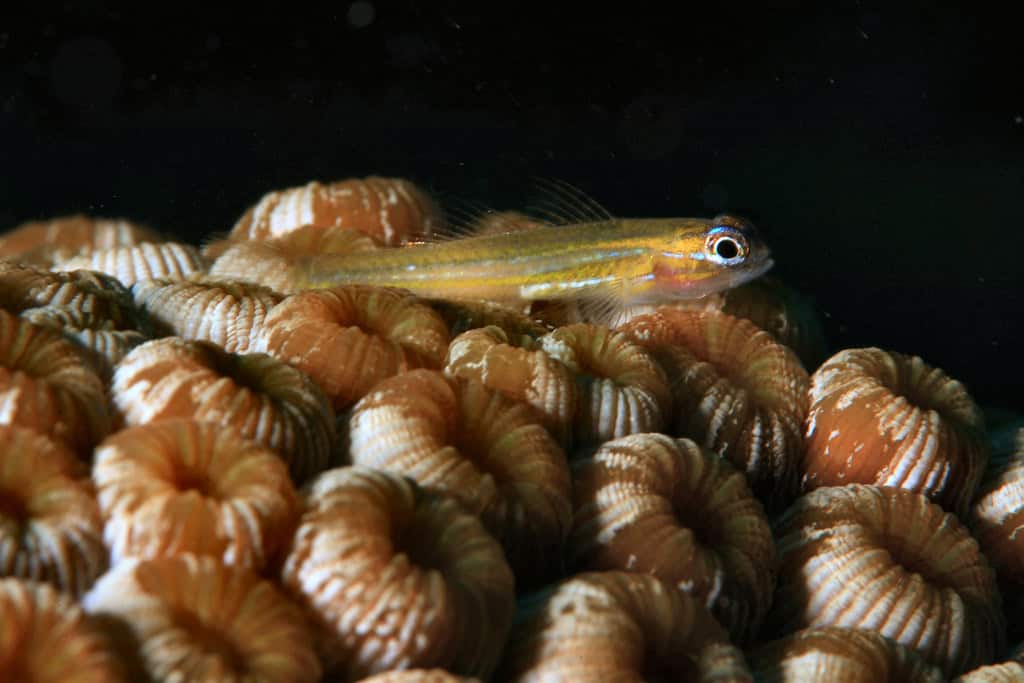
For those interested in witnessing this remarkable natural phenomenon firsthand, several locations in Hawaii offer opportunities to observe climbing gobies in action. The island of Kauai, with its abundant rainfall and numerous streams, provides some of the best viewing locations. Wailua Falls and the streams of the Hanalei National Wildlife Refuge are known for their populations of climbing gobies. On the Big Island, the Wailuku River near Hilo offers several waterfall systems where patient observers may spot climbing fish, particularly during the post-larval migration periods that typically occur after heavy rains.
For the best chance of seeing the climbing behavior, visitors should look for small waterfalls (1-10 feet high) with good access points for viewing the rock face. Early morning or late afternoon provides optimal lighting conditions for spotting the small fish against dark rocks. Binoculars can be helpful, as can polarized sunglasses to reduce glare from the water. Conservation-minded visitors should remember to observe from a distance, avoid disturbing the habitat, and never attempt to capture or touch the fish. Local conservation organizations and university biology departments sometimes offer guided educational tours focused on Hawaii’s unique freshwater ecosystems, including the remarkable climbing gobies.
Nature’s Lessons in Perseverance and Adaptation
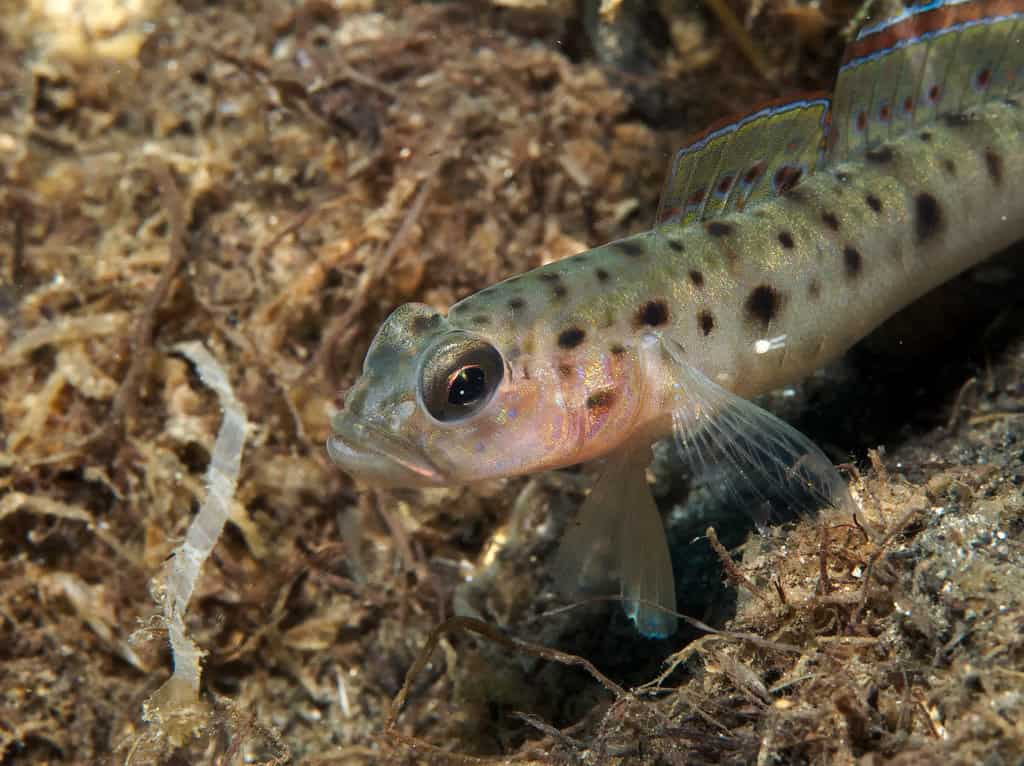
The story of the climbing gobies offers profound lessons that extend beyond biology. These remarkable fish demonstrate how persistence and adaptation can overcome seemingly insurmountable obstacles. Each small fish, inching its way up towering waterfalls, embodies a powerful metaphor for overcoming challenges through consistent effort and specialized skills. Their journey represents one of nature’s most impressive displays of determination, as generation after generation makes the same incredible climb against powerful currents to reach breeding grounds.
Scientists studying these fish often remark on how their research has implications beyond ichthyology, offering insights into biomechanics that could inspire new adhesive technologies or climbing robots. The gobies’ unique suction mechanisms have already influenced designs in fields ranging from medical devices to industrial equipment. Perhaps most importantly, these fish remind us of nature’s boundless capacity for creative solutions and adaptation. In a world facing unprecedented environmental challenges, the climbing gobies serve as living proof that with enough time and evolutionary pressure, life finds extraordinary ways to overcome barriers that once seemed impossible to surmount.
Conclusion: More Than Just a Climbing Fish
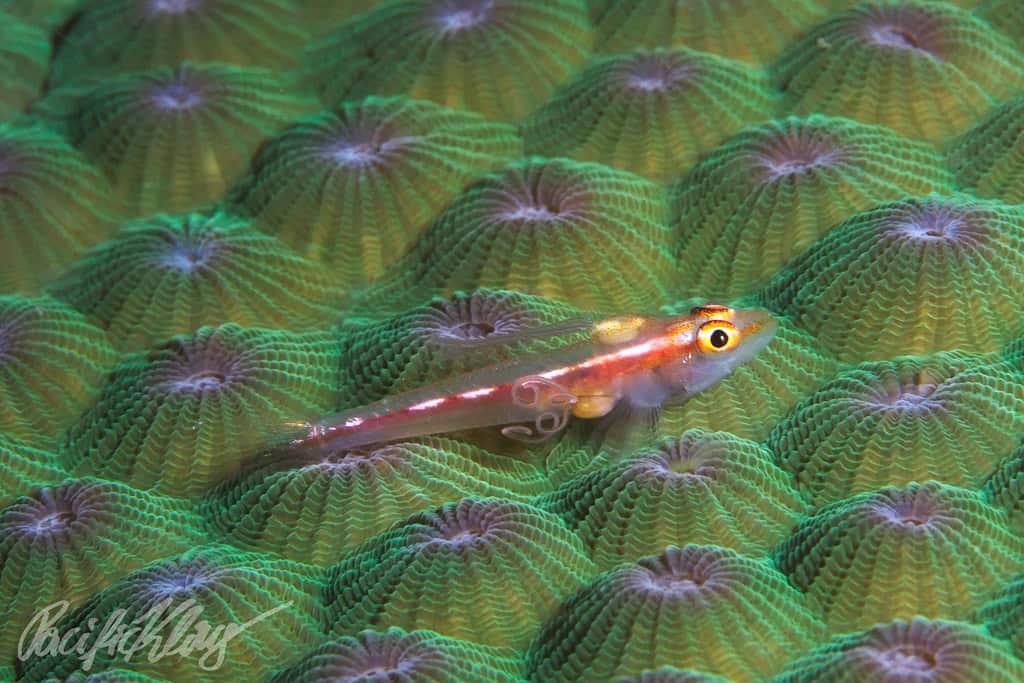
The Hawaiian climbing goby represents far more than just a biological curiosity—it embodies the remarkable power of evolutionary adaptation and the interconnectedness of ecosystems. These small fish, with their specialized fins and determined inch-by-inch ascent of massive waterfalls, demonstrate how species can develop extraordinary solutions to environmental challenges over evolutionary time. Their amphidromous lifecycle, spanning both fresh and saltwater habitats, highlights the importance of preserving entire ecosystems rather than isolated areas.
As climate change and human development continue to threaten natural systems worldwide, the climbing gobies serve as powerful ambassadors for conservation. Their remarkable journey reminds us that many of nature’s most extraordinary adaptations remain vulnerable to human activity. Scientists continue to study these fish not only to understand their unique abilities but also to learn lessons that might be applied to human challenges, from designing new adhesive technologies to developing more efficient climbing robots.
Perhaps most importantly, the story of the climbing goby reminds us that the natural world still holds wonders that can surprise and inspire us. In an age when many people feel disconnected from nature, these remarkable fish offer a compelling reason to look more closely at the streams, rivers, and waterways that sustain life on our planet. The next time you stand before a waterfall, take a moment to consider that, against all odds, there might be a small fish making its way up that seemingly insurmountable barrier—a living testament to nature’s ingenuity and perseverance.
- This Fish Can Climb Waterfalls—Yes, You Read That Right - August 11, 2025
- Why Pigs Are Taboo in Some Cultures—And a Delicacy in Others - August 11, 2025
- 10 Dangerous Animals You Can See in Yellowstone National Park - August 11, 2025

